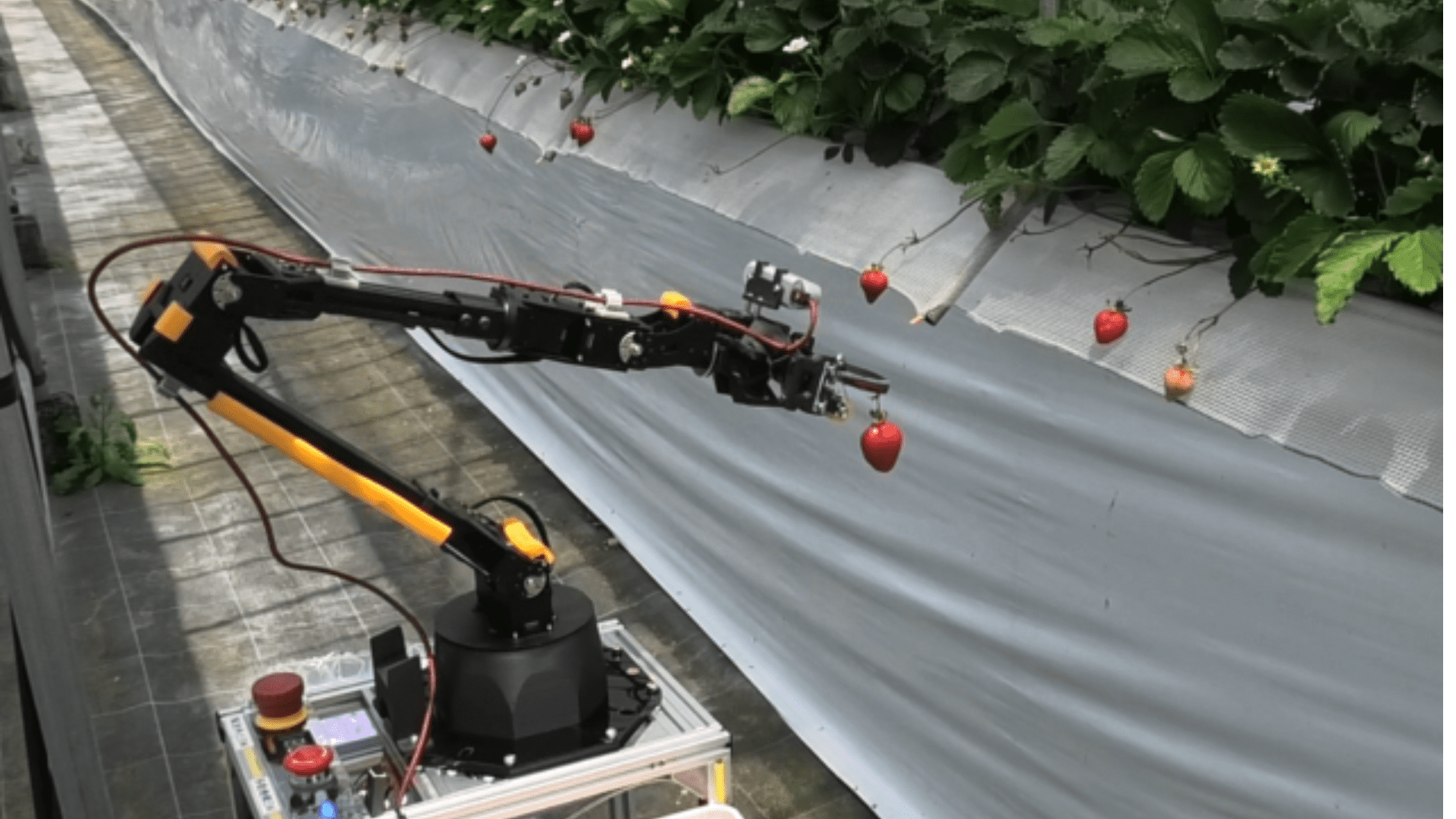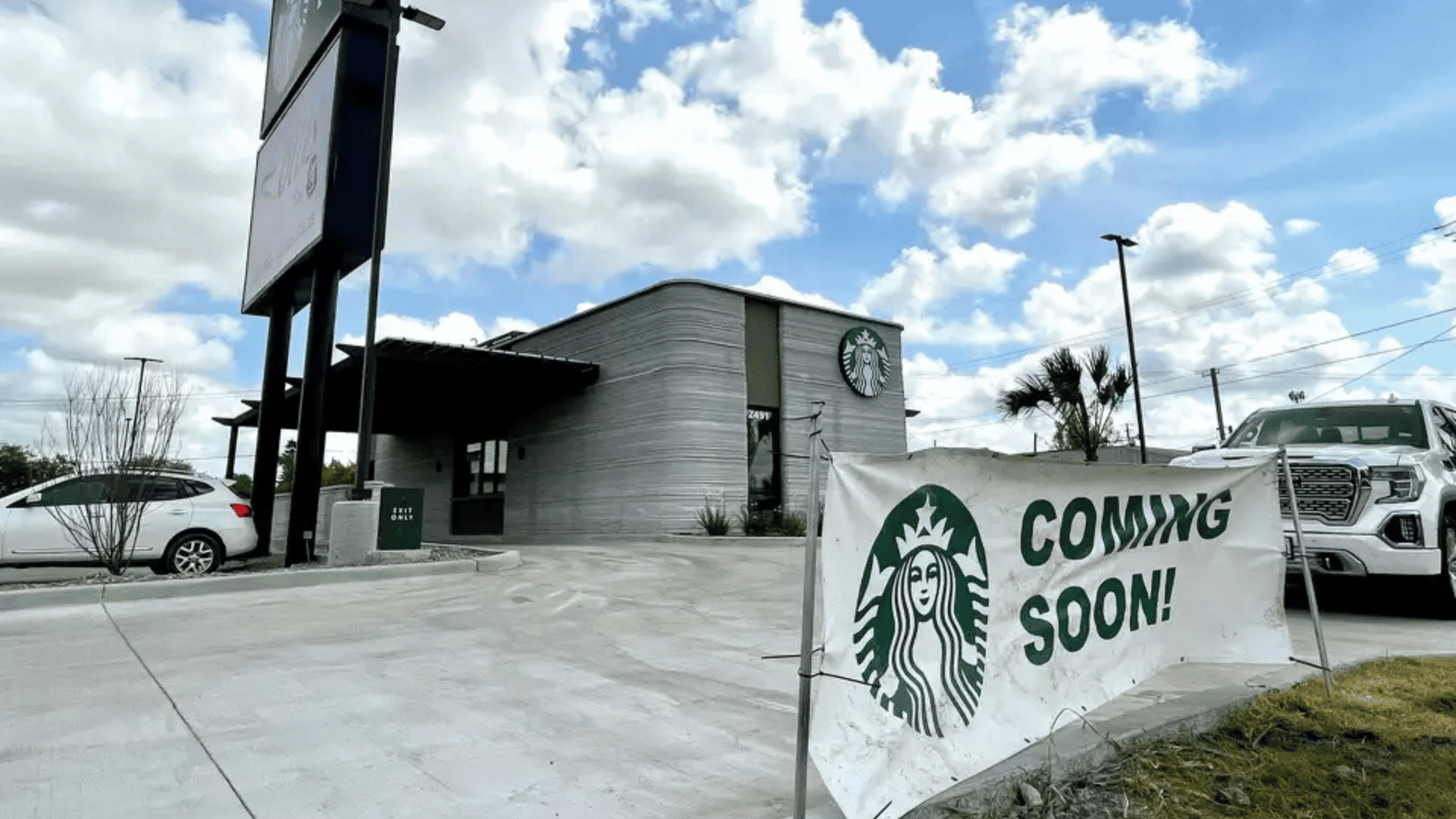Schneider Electric has introduced a groundbreaking patent that uses artificial intelligence (AI) to help reduce the risk of process safety hazards. This innovation offers an automated or semi-automated way to analyze potential hazards and validate protection mechanisms within industrial processes. Companies can engage protective mechanisms through an AI-powered analysis tool to prevent hazards more efficiently and proactively.
Embracing AI for Safety

Schneider Electric is using AI to strengthen hazard and operational (HAZOP) studies, boosting their reliability across industries. This systematic method plays a key role in identifying potential hazards and operational risks, helping to implement strong safeguards that ensure process safety, efficiency, and reliability. While various industries utilize the studies, they’re especially pivotal in industries like oil and gas.
As industries advance in digital transformation and generate higher-quality data, the benefits of integrating AI into everyday operations are increasingly clear. The EcoStruxure™ Triconex Safety team’s recent patent elevates this further by employing AI to detect both potential hazards and protective measures in processes. According to Schneider Electric, this breakthrough boosts the precision of HAZOP studies and enhances their comprehensiveness and reliability. As a result, it could enable industries to function with greater safety and efficiency.
Chris Stogner, Schneider Electric’s Senior Director of Offer Management, emphasized the significance of this advancement: “We are the first to push this boundary of automating hazard process analysis with artificial intelligence. Bringing AI to functional safety has the potential to create a more rigorous and robust HAZOP study, generating more combinations of scenarios and deviations than what was humanly possible before.”
This patent is part of a broader strategy to strengthen functional safety through AI. It enables the simulation of hazards under different conditions and helps prevent dangerous situations by generating protective mechanisms with a process hazard analysis tool. In addition, three more Schneider Electric patents focusing on AI-driven functional safety lifecycles are currently pending.
The development highlights a growing trend of blending human expertise with AI and reinforced learning strategies to mitigate hazardous scenarios in industrial automation. By combining these strengths, Schneider Electric aims to shape a safer future in industries by utilizing smart technology.







